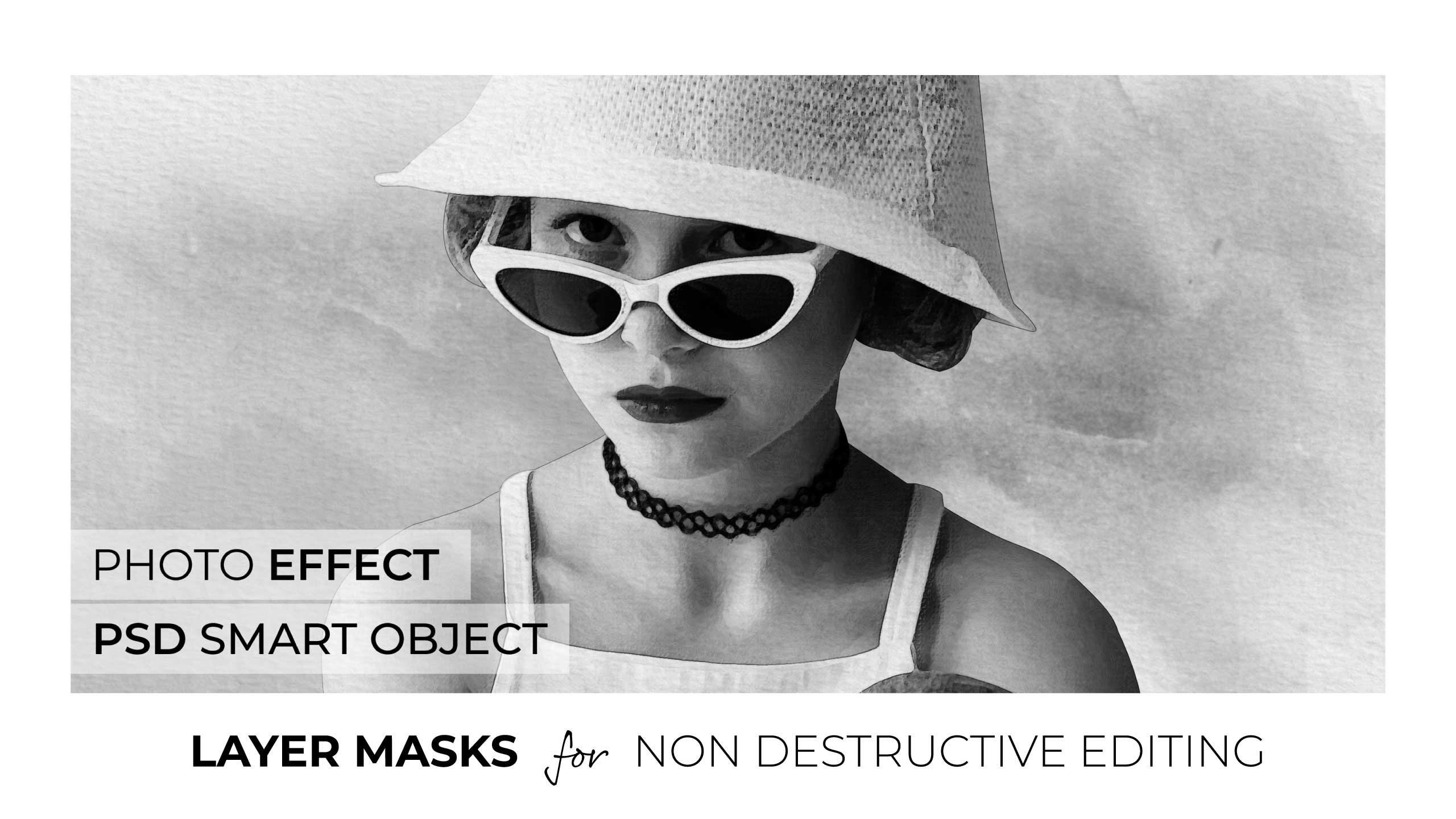Adobe Photoshop is a powerful tool used by professional photographers and graphic designers to create and edit images. One of the most important features of Photoshop is the ability to work with layer masks, which allow for non-destructive editing.
A layer mask is essentially a black and white image that can be applied to a layer in Photoshop. The black areas of the mask hide the layer, while the white areas reveal it. By painting on the mask with shades of gray, you can partially reveal or hide the layer, creating a range of effects.
In this article, we will discuss the benefits of using layer masks for non-destructive editing, and provide some tips for working with them in Photoshop.
Benefits of Layer Masks
One of the key benefits of using layer masks is that they allow you to make changes to your image without permanently altering the original. For example, if you want to remove part of an image, you could use the eraser tool to delete it. However, this would permanently remove the pixels from the image, making it difficult to undo the change or make further adjustments.
With a layer mask, you can hide the area you want to remove, without actually deleting it. This means you can easily adjust or remove the mask later on, without affecting the underlying layer.
Another advantage of using layer masks is that they allow you to make selective adjustments to specific parts of an image. For example, you may want to adjust the exposure of just the sky in a landscape photo, without affecting the foreground. By using a layer mask, you can apply the adjustment to just the sky, while leaving the rest of the image unchanged.
Working with Layer Masks in Photoshop
To create a layer mask in Photoshop, simply select the layer you want to apply the mask to, and click the “Add Layer Mask” button at the bottom of the Layers panel. A white layer mask will be created, allowing the layer to be fully visible.
To hide part of the layer, select the layer mask and use the Brush tool to paint over the areas you want to hide with black. You can adjust the size and opacity of the brush to achieve the desired effect.
To reveal part of the layer, simply paint over the mask with white. If you want to partially reveal or hide the layer, use shades of gray instead.
You can also use other tools and adjustments in Photoshop, such as the Gradient tool or the Levels adjustment, to create more complex layer masks.
When working with layer masks, it’s important to keep the following tips in mind:
Use a soft-edged brush when painting on the mask to create a smooth transition between the masked and unmasked areas.
Use the “X” key to switch between painting with black and white on the layer mask.
Use the “D” key to reset the foreground and background colors to black and white.
Use the “Alt” key (or the “Option” key on a Mac) to temporarily switch to the Eyedropper tool, allowing you to sample colors from the image.
Conclusion
Layer masks are a powerful tool for non-destructive editing in Adobe Photoshop. By allowing you to selectively reveal or hide parts of an image, they provide greater control and flexibility than traditional editing methods. With practice, you can use layer masks to create stunning and complex effects in your photos and designs.




